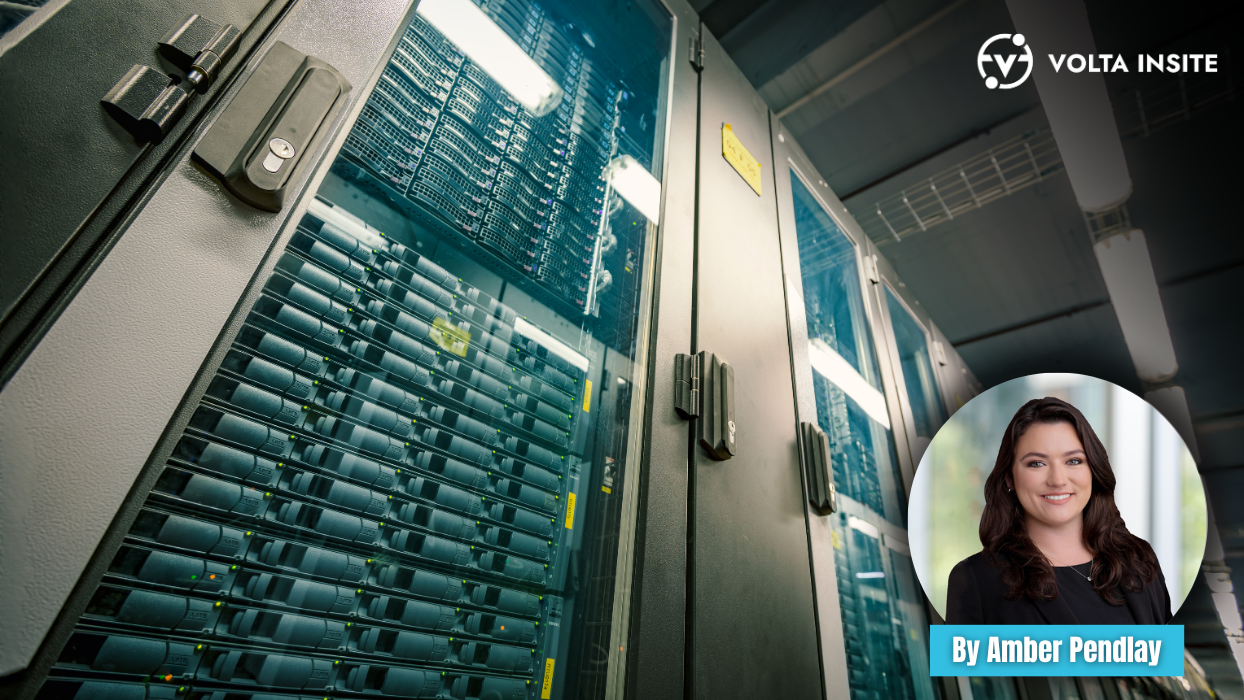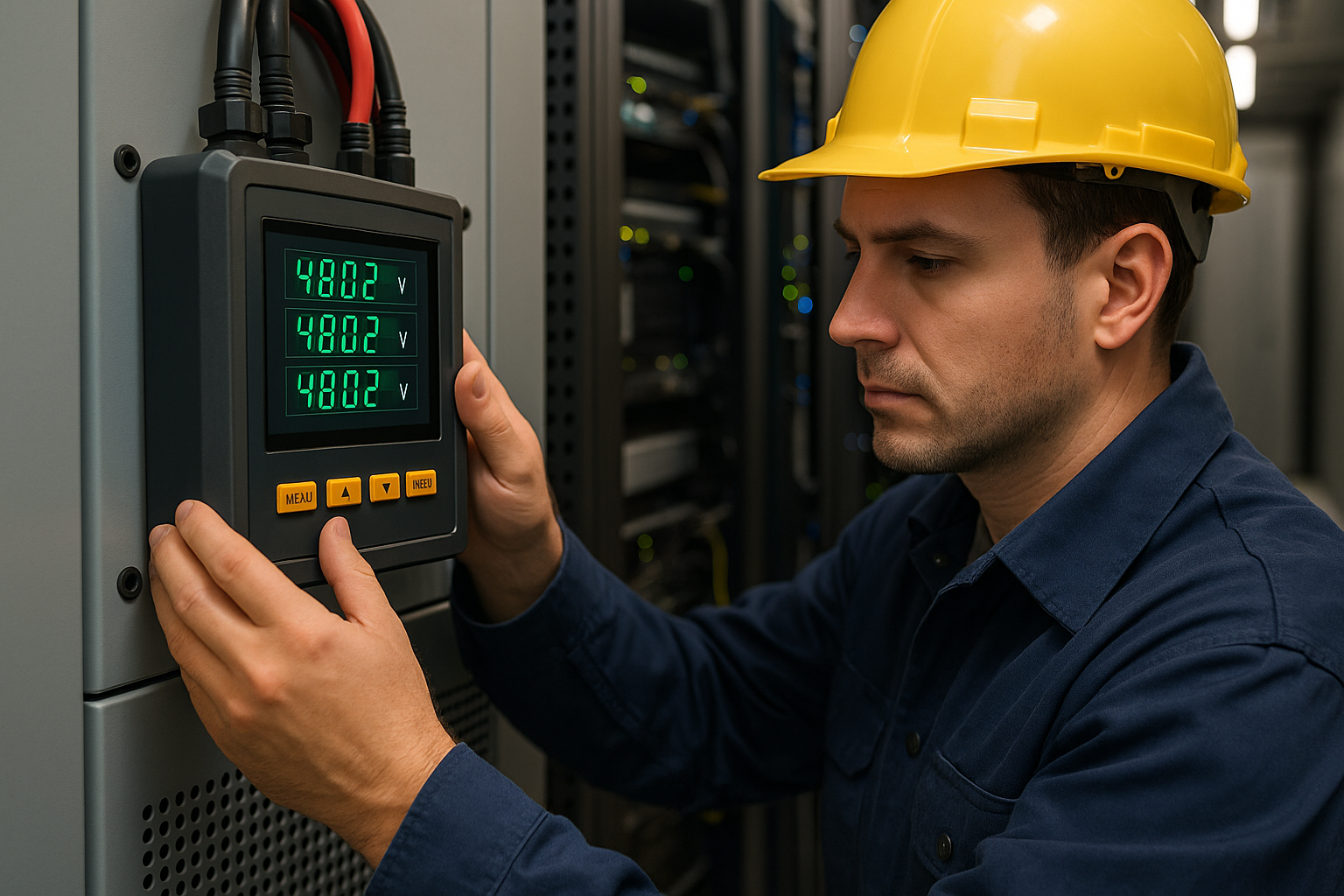
Data Center Power Management Best Practices
 17/09/2025
17/09/2025
 Back to Articles
Back to Articles

img_alt: Data Center Power Management Best Practices by Amber Pendlay
Data centers form the backbone of modern business operations, powering everything from online services to critical enterprise applications. Meeting this demand places a heavy strain on electrical systems, where even small inefficiencies can have significant consequences. Managing power in a data center is not simply about maintaining availability. It requires a strategic approach that leverages advanced monitoring systems, predictive maintenance practices, and energy optimization to deliver consistent uptime, maximize efficiency, and support future growth.
Why Power Management Matters in Data Centers
Power is one of the largest operating costs in a data center. A single disruption or inefficiency can create cascading effects that compromise availability, increase costs, and put critical infrastructure at risk. Data center managers must balance three priorities: reliability, energy efficiency, and capacity management. Achieving this balance requires the right combination of software, monitoring systems, and hardware such as power quality meters.
Best Practices for Effective Power Management

1. Deploy Data Center Power Management Software
Modern data center power management software can consolidatea data from multiple systems into a single platform. By tracking energy usage, identifying inefficiencies, and alerting operators to abnormalities, software platforms give managers visibility into both real-time operations and long-term trends. This actionable insight helps optimize load distribution, reduce waste, and plan capacity with greater accuracy.
2. Implement a Data Center Monitoring System
A robust data center monitoring system provides the continuous oversight necessary for managing critical infrastructure. Beyond simple alarms, these systems deliver analytics that allow managers to assess the health of electrical systems, cooling, and network equipment. Integrating monitoring with automation also enables faster response times when anomalies occur.
3. Use Power Quality Meters for Deeper Insight
Even minor issues with power quality, such as harmonics, voltage sags, or surges, can cause servers and networking equipment to malfunction or degrade prematurely. A power quality meter for data centers detects these disturbances early, enabling facility managers to correct them before they lead to outages or costly equipment failures.
4. Adopt Predictive Maintenance Strategies
Traditional maintenance schedules are based on fixed intervals, which can result in unnecessary downtime or missed warning signs. Data center predictive maintenance uses data from monitoring systems and power quality meters to identify problems before they escalate. By predicting failures instead of reacting to them, managers can reduce unplanned downtime, extend equipment life, and optimize maintenance resources.
5. Prioritize Critical Infrastructure Monitoring
Power is only one piece of the puzzle. Critical infrastructure monitoring expands oversight to HVAC systems, backup generators, UPS systems, and other essential assets. This holistic view ensures that all components supporting uptime are working together efficiently. Integrating these systems into a single monitoring framework simplifies decision-making and strengthens resiliency.

Designing a Comprehensive Solution
Data center power management requires a forward-looking approach that combines software, monitoring systems, predictive maintenance, and power quality analysis. By adopting these best practices, data center managers can reduce energy costs, improve uptime, and more effectively manage capacity in an increasingly demanding environment.
Volta Insite’s predictive maintenance solutions help data center operators achieve these goals by delivering real-time insights into electrical performance. With advanced analytics and continuous monitoring, facility managers can move from reactive problem-solving to proactive decision-making—ensuring a safer, more efficient, and more reliable data center.


